Researchers Hope to Recover Remains of Ships After 200 Years Beneath the Sea
Archaeologists in the Bahamas have discovered the wrecks of 14 slave ships that transported enslaved individuals across the Atlantic from Africa to the Americas.
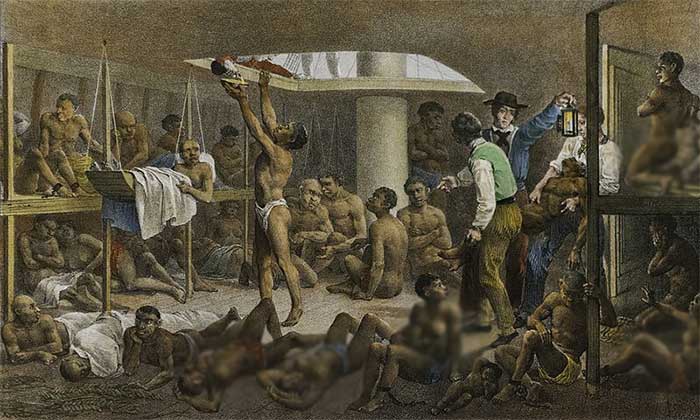
Historians estimate that between 1525 and 1866, over 12.5 million Africans were captured and transported on ships across the Atlantic to the New World as slaves. (Image: Getty Images).
Among these ships was the Peter Mowell, an American sailing vessel that sank off the coast of Lynyard Cay near Great Abaco in 1860, along with approximately 400 enslaved Africans onboard. Additionally, there were smaller vessels transporting slaves to sugar, coffee, cotton, and tobacco plantations in North America and the Caribbean.
Most of the identified wreck sites were documented in 18th and 19th-century texts but have yet to be surveyed.
Mr. Carl Allen, the CEO and founder of the underwater archaeological team Allen Exploration, stated that the research group has pinpointed the actual locations of three wrecks, but they are currently keeping this information confidential due to the significant historical and archaeological importance of these sites. They offer insights into life aboard slave ships and serve as tangible evidence of our understanding of this horrific human trafficking activity.
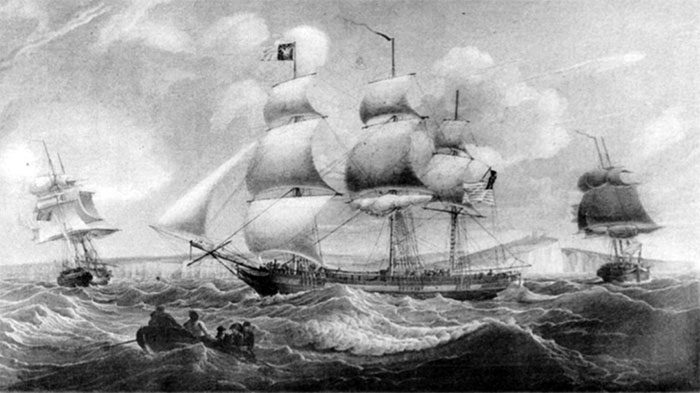
This is the General Oglethorpe, which sank in a major storm in 1802 while traveling between Virginia, USA, and Havana, Cuba. (Image: MacKay, R., Wreck of the General Oglethorpe – 1802).
To date, the team has identified a total of 596 shipwrecks in the waters around the northern Abaco islands, with the oldest wreck dating back to 1657.
Mr. Michael Pateman, Director of the Bahamas Maritime Museum, noted that the history of the Bahamas is profoundly influenced by several slave-related events. The first slave ships from Africa arrived in 1721, significantly shaping the population of the archipelago. Today, over 90% of the population of these islands is of African descent.
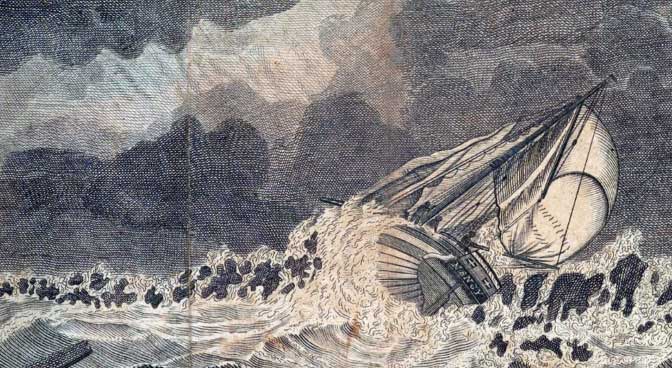
This is the Nancy, which sank due to rough waves and submerged rocks north of the Bahamas in 1767. Onboard was an enslaved person named Olaudah Equiano, who survived the wreck and later wrote about his experiences on that ship. (Image: Excerpt from the book Life of Olaudah Equiano, or Gustavus Vassa the African).
The Bahamas was also the site of the 1841 uprising of enslaved people aboard the Creole, which was transporting slaves from Virginia to New Orleans, USA. Of the 135 slaves onboard, some resisted and forced the ship to sail to the Bahamas, where they declared their freedom. This was a significant milestone in the history of the transatlantic slave trade.
The locations of these shipwrecks indicate that the Bahamas once served as a major crossroads between Africa, the southeastern United States, Cuba, and the Gulf of Mexico. Mr. James Jenny, research director of the Bahamas Lost Ships Project, stated that the area is notorious for its severe weather phenomena but remains the “safest route.”
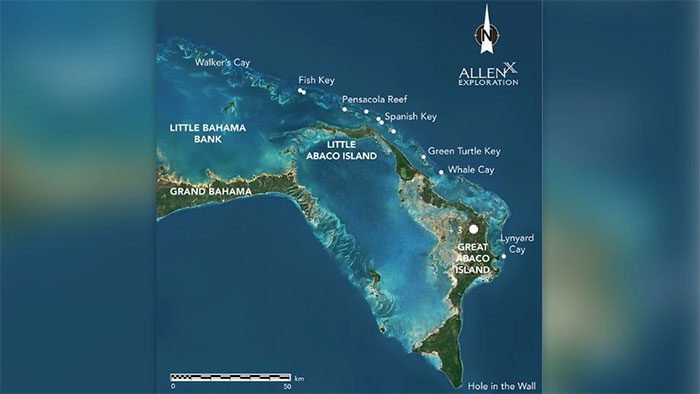
The Bahamas Lost Ships Project has identified the locations of 14 sunken slave ships among the islands north of the Bahamas. (Image: Allen Exploration).
Many of these ships sank while en route from ports in the U.S. to the northeastern channel of Providence, located between Great Bahama Island and Andros Island. Mr. Jenny remarked that: “If you wanted to reach the vast plantations of Havana and Cuba, you had to navigate these treacherous waters.”
Cuban sugar plantations were major destinations for enslaved Africans. Archaeologists have referred to Havana as the “party place of death.” This phrase encapsulates the living conditions of slaves there. Enslaved African workers lived in squalid huts, were fitted with iron slave collars, and worked seven days a week, with only four hours of rest per day during the sugar harvest.
Each year, about 10% of enslaved Africans died on the plantations in Cuba, with some succumbing to beatings.
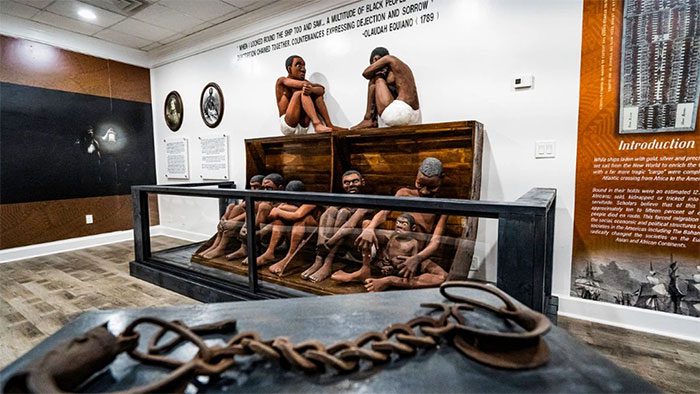
A model at the Bahamas Maritime Museum depicts the transatlantic slave trade. (Image: Allen Exploration).
Moving forward, the research team will conduct field dives to explore what remains on the ships that have been submerged for 200 years.
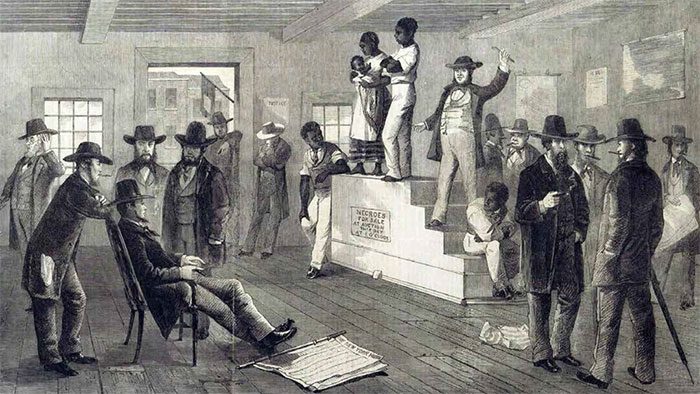
African slaves in the New World were bought and sold like livestock. This painting depicts the auction of a slave in Virginia, USA. (Image: The Illustrated London News, February 16, 1861).
The project’s archaeological director, Mr. James Sinclair, noted that many of the shipwrecks are located in warm, shallow waters that are prone to waves and storms. These are adverse weather conditions for field research. The team’s goal is to document what remains and find better preservation methods for these precious artifacts for future research.


















































